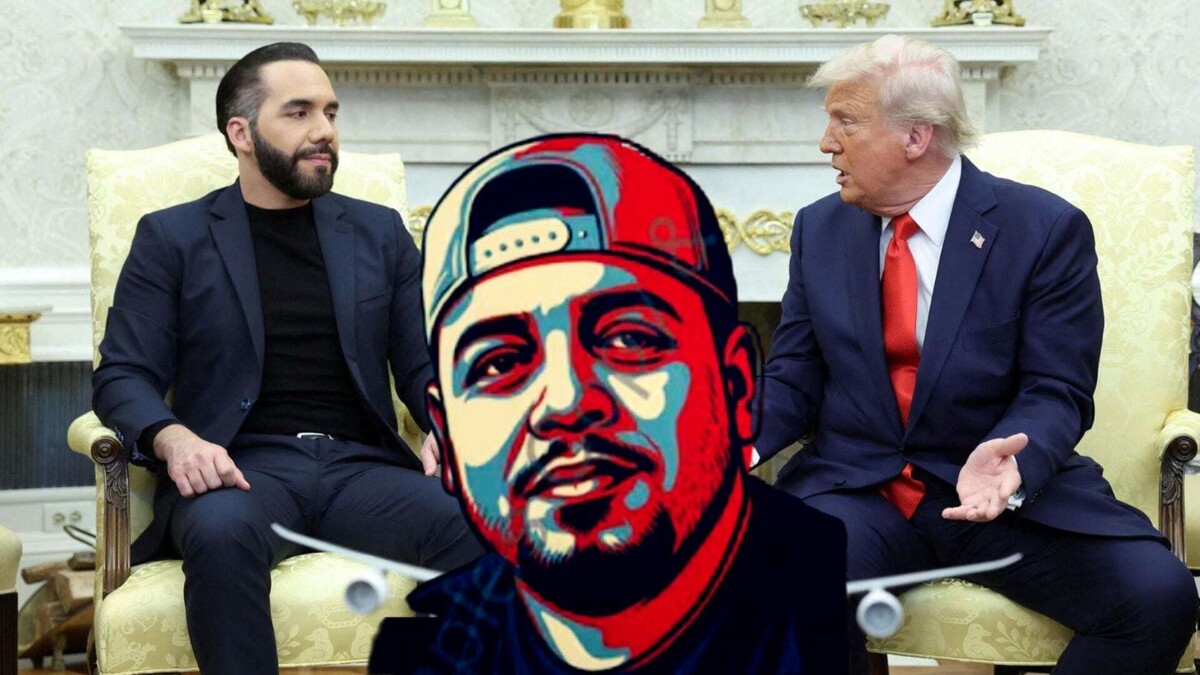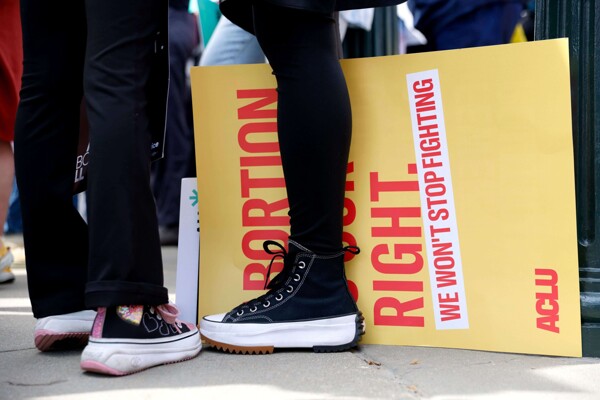
Kilmar Abrego García, a 29-year-old Salvadoran, was mistakenly deported to El Salvador despite having judicial protection that prevented his transfer due to gang threats, thus triggering a legal and diplomatic dispute between the United States and El Salvador. The United States Supreme Court recently ordered the Trump administration to facilitate his return from a Salvadoran prison, dismissing arguments that repatriating him was no longer possible.
Abrego García lived in the United States for 14 years, worked in construction, got married, and started a family with three children with disabilities. He was detained in March 2019 in Maryland along with other men accused of being suspected members of the MS-13 gang. In March 2024, he was detained again by ICE in Baltimore while with his son, being deported to El Salvador despite the existing protection, labeling the incident as an "administrative error."
Nayib Bukele, president of El Salvador, has expressed that he cannot facilitate Abrego García's return, considering it absurd to introduce a supposed "terrorist" into the United States. Abrego García fled El Salvador at the age of 16 after suffering direct threats from gangs according to his immigration record. Although no criminal charges were ever brought against him, immigration authorities kept him detained.
After being released, Abrego García worked as a metalworking apprentice in the United States after receiving a work permit. Despite being denied asylum by an immigration judge in October 2019, he was granted protection against the possibility of persecution by gangs in El Salvador. Abrego's family closed their business and sent him to the United States.
Abrego García's legal defense continues to fight in court to achieve his return while his final immigration situation is resolved, under the demand from the United States Supreme Court that the error made by the administration be corrected and his return allowed.












